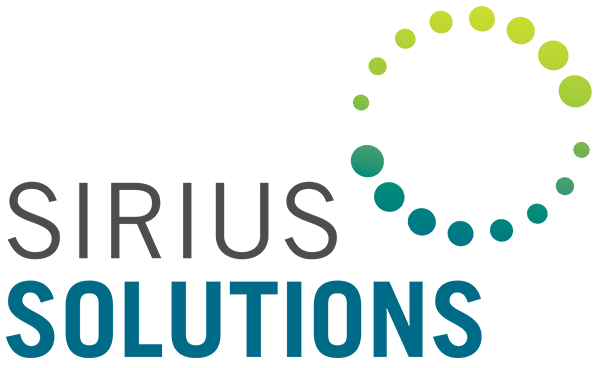Accounting is an essential component of any business, and your financial specialists are invaluable members of your team. Your accountants and financial professionals’ time is extremely valuable because of the expertise they bring to the table, and wasting it on manual, repetitive tasks is costly.
Balance sheet reconciliation is a time-consuming manual operation that involves comparing bank statements, receipts, and bills to transaction records to ensure that all assets and liabilities are properly recorded. This tedious and time-consuming task is completed on a regular basis, usually monthly or quarterly, to ensure the right flow of funds.
Fortunately, balance sheet reconciliations are an excellent option for automation. Machine learning and process automation require team buy-in and can cause tension or resistance. Here are a few unmistakable benefits of automated balance sheet reconciliation.
1. Reduce Uncertainty
Human error is always possible in manual activities. Balance sheets are far from simple documents, and even the most advanced spreadsheet formulas can contain typos and errors. Errors don’t just create uncertainty in the future; a balance-sheet miscalculation can throw off your budget predictions and put you at risk of an audit.
2. Save Money and Time
Saving time is one of the most compelling reasons to automate any task, and balance sheets are no exception. Manually reconciling your balance sheet can take anywhere from several hours to several days, depending on the size of your budgets and the number of accounts involved — time that could be spent on a variety of other tasks.
While automation may appear to be costly at first glance, consider the cost savings in your team’s time, the reduction in errors and reviews required, and the overall efficiency advantages. In the long run, the cost of employing a full-time accountant who can devote time to reconciliations will be significantly greater than the cost of automating this procedure, making automation a worthwhile investment.
3. Enhanced Visibility
When a procedure is sufficiently automated, it moves much faster than when completed manually. Furthermore, because machines adhere to a standard set of processes, it is frequently easier to trace the logical steps that led to the result, whereas people approach things in their own way.
By automating these repetitive tasks, team members across the organization may better understand how a result was achieved and what it signifies for other processes and teams. Balance sheets, for example, provide a clear image of incoming and outgoing funds, making them a vital tool for sales, marketing, and human resource functions. By automating the procedure, data may be accessed whenever it is needed.
Adapting Your Financial Procedures
The end goal remains the same: altering financial operations, automating and improving the efficiency of major firm transactions and transitions, and detecting and resolving financial operating challenges. Automation, including automated balance sheet reconciliation, is just one of the many ways we can help your firm achieve greater efficiency, cut operational costs, and improve financial operations. Are you ready to look into financial operations transformation? Please do not hesitate to get in touch with us.

